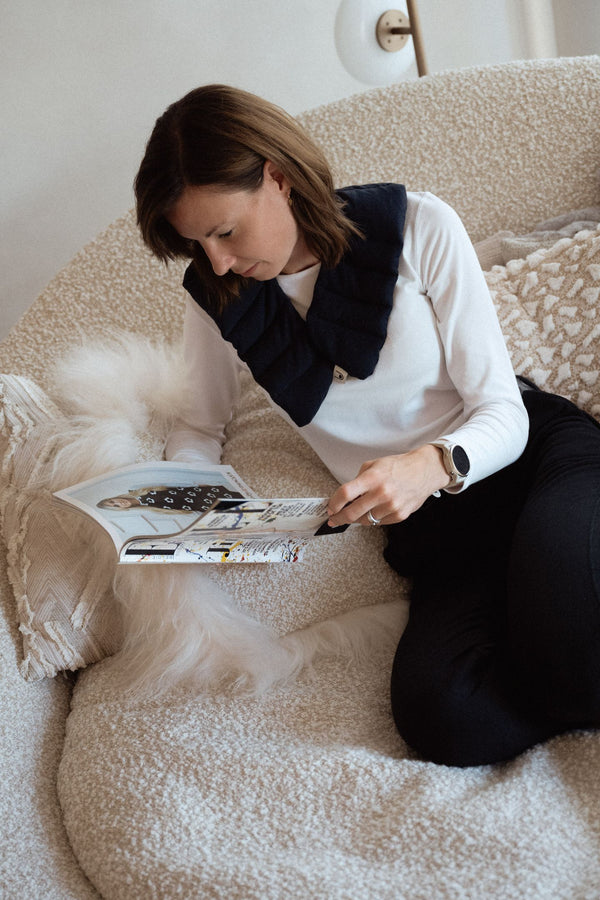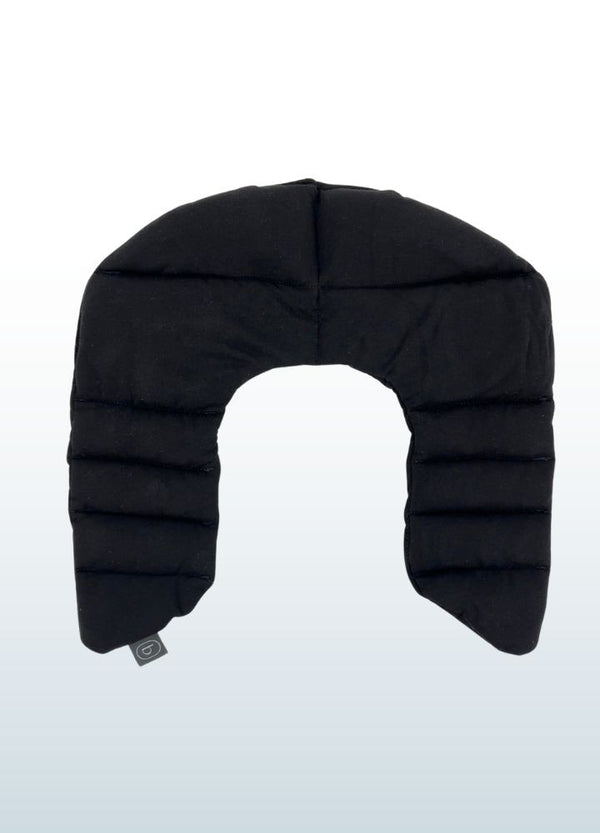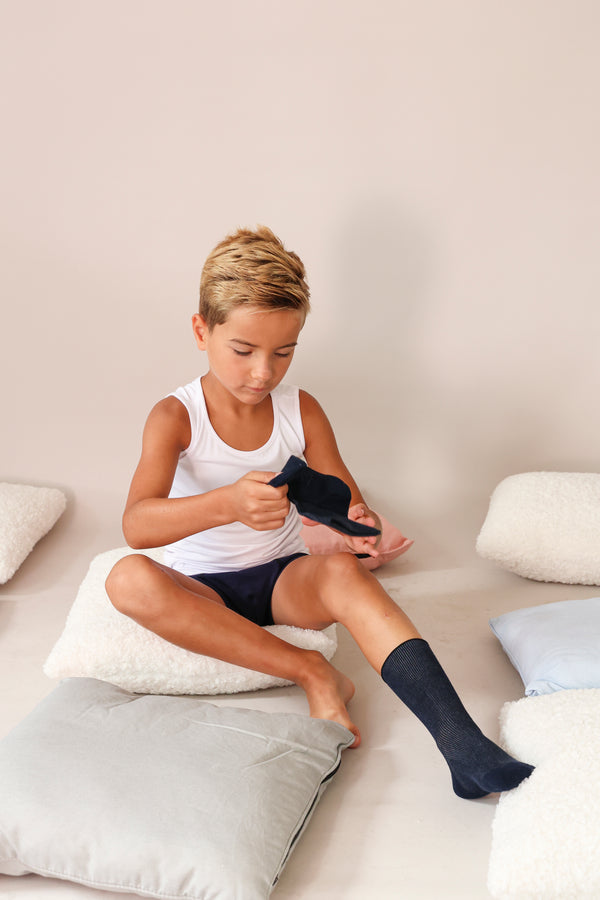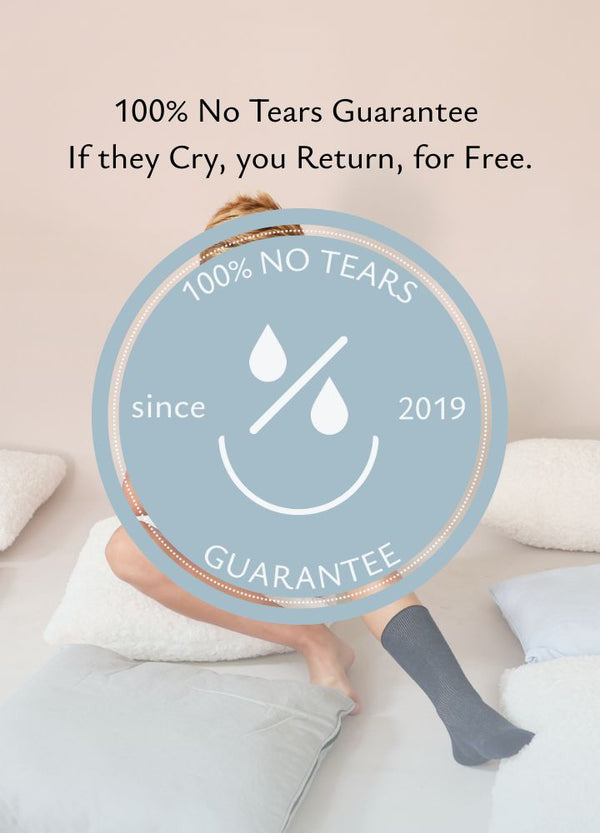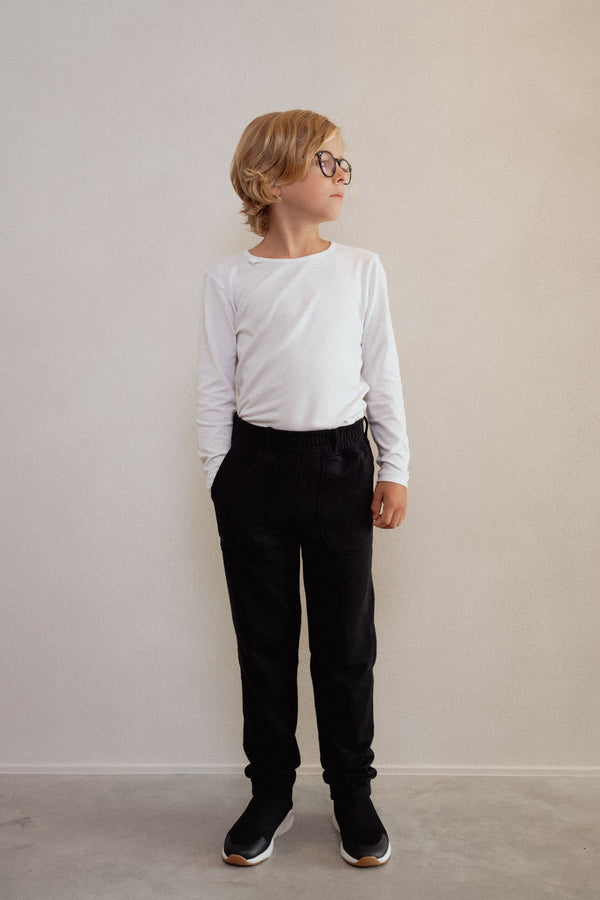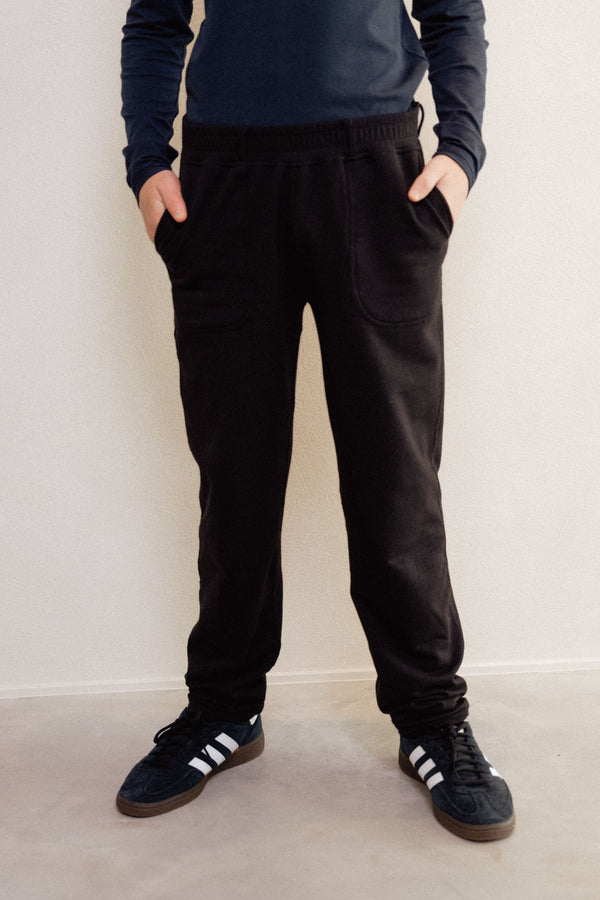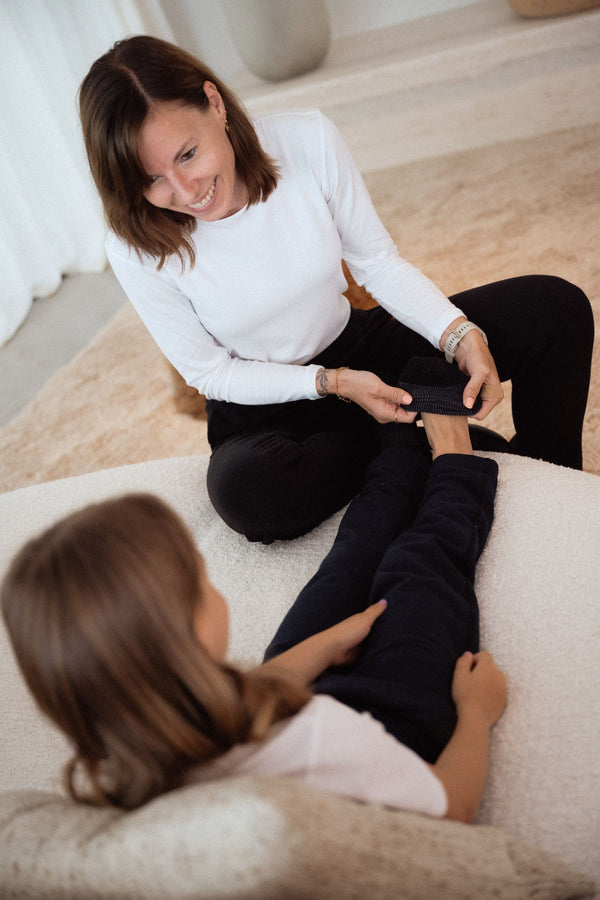How to Manage Tactile Sensitivity as a Highly Sensitive Person

What Tactile Overstimulation Feels Like
A scratchy label in your shirt, bright lights, loud noises, crowded spaces, or the cling of a fabric on your skin—if you’re a Highly Sensitive Person (HSP), you know how overwhelming daily sensory input can be. One in five people has difficulty processing sensory stimuli. Throughout the day, input can build up and lead to restlessness, anxiety, and fatigue. In today’s fast-paced world, we’re exposed to more than 5,000 ads and 10,000 bits of information each day. But it’s not just noise and visuals—touch can also overload the senses.
In this guide, you'll learn what tactile overstimulation is, how to recognize it, and practical strategies to cope. You’ll also find tips to prevent overload, identify triggers, and discover calming tools designed to soothe hypersensitive systems.
What Is Tactile Overstimulation?
Tactile overstimulation happens when your body receives too much input through the sense of touch. It can be triggered by contact with textures, materials, temperatures, or even gentle pressure. HSPs are especially vulnerable because their nervous systems react more intensely. The result? Discomfort, stress, anxiety, or even panic.
How to Recognize the Signs
Do you often feel agitated, irritable, or anxious for no clear reason? Do you get overwhelmed by certain clothes or sensations? Trouble sleeping, concentrating, or frequent fatigue can also be signs. In some cases, it even shows up as headaches, dizziness, or difficulty breathing.
How to Prevent Tactile Overstimulation
The best way to manage tactile overload is to reduce your exposure. Just like using earplugs to soften noise, you can take action to minimize touch triggers—like limiting physical contact, avoiding specific textures, or choosing temperature-regulating fabrics. But one of the biggest triggers you can control is your clothing. It’s on your skin all day long, yet often overlooked.
Identifying and Avoiding Your Triggers
Start by identifying which sensations overwhelm you. Is it tight waistbands, scratchy fabrics, tags, seams, or certain materials? Once you know your triggers, it becomes easier to avoid them—especially when shopping for clothes.
That’s exactly why Blusss exists. We create stylish, low-stimulus clothing that helps sensitive people feel truly comfortable. No itchy labels. No harsh seams. No irritating fabrics. Just thoughtful design using soft, natural materials that feel good on the skin. Start with what touches you most—underwear, socks, tops, and pants designed for comfort and calm.
Blusss Clothing for Highly Sensitive People
Our sensory-friendly designs offer support throughout your day. Blusss makes it easier to manage tactile sensitivity—so you can focus on what matters instead of fighting discomfort.
Coping Strategies for Tactile Overload
Beyond prevention, you need go-to strategies when symptoms arise. Gentle breathing exercises, mindfulness, yoga, or quiet movement can help calm your system. Sensory regulation is about balance—and small daily practices make a big difference.
Helpful Tools for Tactile Relief
When stress builds up, fidgets can help release extra energy and bring focus back. Fidgeting doesn’t just support concentration—it grounds you when emotions or sensations become too much.
Blusss offers a range of sensory tools designed to regulate without drawing attention. Stylish accessories like chewable fidgets, discreet stress balls, and our weighted collar are made to blend into your outfit, not stand out. These tools offer gentle input to key areas—your mouth, muscles, and skin—helping reduce cortisol levels, calm the nervous system, and even support mood regulation.
When to Seek Professional Support
If tactile overstimulation regularly disrupts your daily life, don’t hesitate to seek help. A therapist or medical professional can help you identify patterns and create a personalized plan to manage symptoms effectively.
Final Thoughts
Tactile overstimulation can be draining—but you’re not powerless. By identifying triggers, wearing the right clothing, using the right tools, and practicing calming routines, you can take control of your sensory world.
Make space for self-care. Give yourself permission to pause or walk away when needed. Blusss is here to support that journey—with products that help you navigate life with more ease and less overwhelm.

